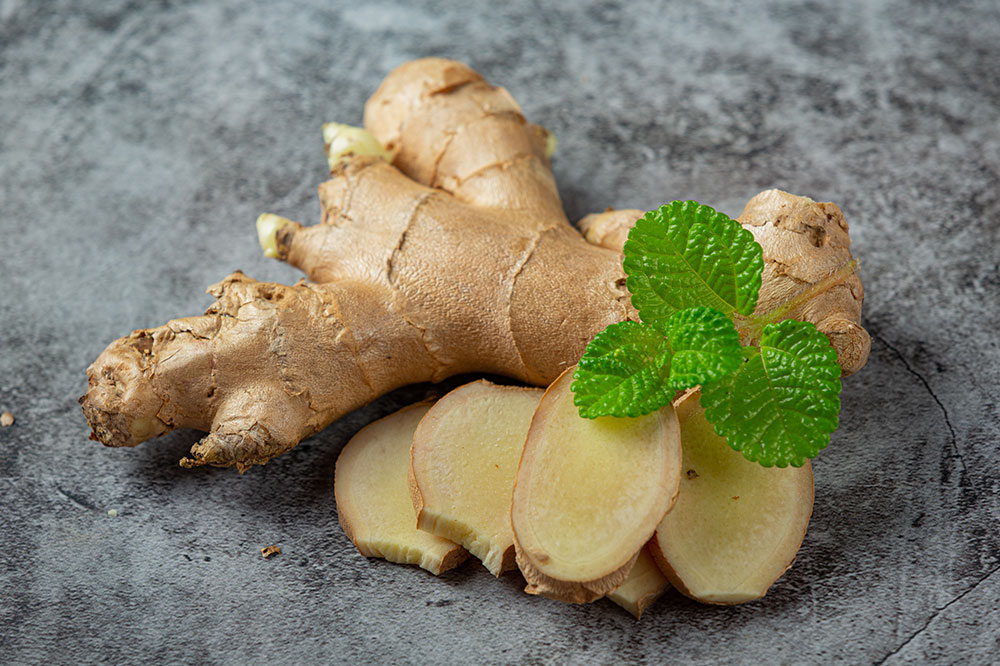9 best foods to help manage acid reflux and GERD

Acid reflux is a health condition in which the stomach’s contents move back into the food pipe. If acid reflux worsens, it is called gastroesophageal reflux disease (GERD). GERD can be a long-term problem accompanied by discomforts like pain in the upper abdomen and heartburn. One way to relieve the symptoms is to avoid all possible triggers. And since certain foods can also aggravate the condition, one must follow a healthy meal plan.
Foods for acid reflux and GERD management
Acid reflux, which occurs when acid flows from the stomach to the esophagus, is a prevalent problem. One of its leading causes is a weak or damaged lower esophageal sphincter. Some foods help control the amount of acid the stomach produces, thus managing the symptoms. Here are a few such foods that can control acid reflux or GERD:
Ginger
A spice rich in natural anti-inflammatory properties, ginger is one of the best natural treatment options for heartburn and other gastrointestinal problems.
Zucchini
Often known as summer squash, zucchini is a low-acid vegetable, making it highly suitable for patients suffering from the symptoms of acid reflux or GERD.
Bananas
A fruit rich in potassium, bananas are usually recommended for patients suffering from acid reflux. They are known to be alkaline and can offset the strong stomach acid.
Oatmeal
A breakfast favorite, oatmeal is a whole grain and a fantastic source of fiber. This breakfast food has often been linked to a lower risk of acid reflux as it absorbs stomach acid and reduces GERD symptoms.
Honey
Honey has reportedly been helpful for people suffering from acid reflux. The sweet-tasting food has enzymes that aid digestion and reduce inflammation in the esophagus. Moreover, honey’s texture provides an additional coating to the mucus membrane, providing long-lasting relief.
Licorice
A herb often used as a remedy for digestive diseases, licorice may prove effective in alleviating symptoms of GERD. Multiple studies have found that a unique formula containing licorice may also help relieve indigestion.
Tofu
A low-fat vegan source of protein, tofu can be an incredibly beneficial food for acid reflux. It is an alkaline-promoting item, effective in neutralizing stomach acids.
Avocado
This low-acidic fruit is smooth and creamy, ensuring it easily glides down the esophagus. This may be incredibly helpful for patients suffering from acid reflux or GERD, as the fruit does not irritate the esophageal lining.
Boiled eggs
While eggs may alleviate the symptoms in some people, they could harm others. If one cannot do without eggs, they can try soft-boiled eggs for breakfast, as hard-boiled eggs may be bad for acid reflux.
Alka-Seltzer consumables for acid reflux are available as effervescent tablets, chews, and even flavored gummies to manage symptoms and provide immediate relief from heartburn. Discover a unique range of flavors also sold in different dosage strengths to manage mild to severe acid reflux as directed by the doctor.
Besides adding these foods to their meal plan, patients should seek the advice of a health expert at the earliest for a treatment plan that works best for them and their symptoms.



